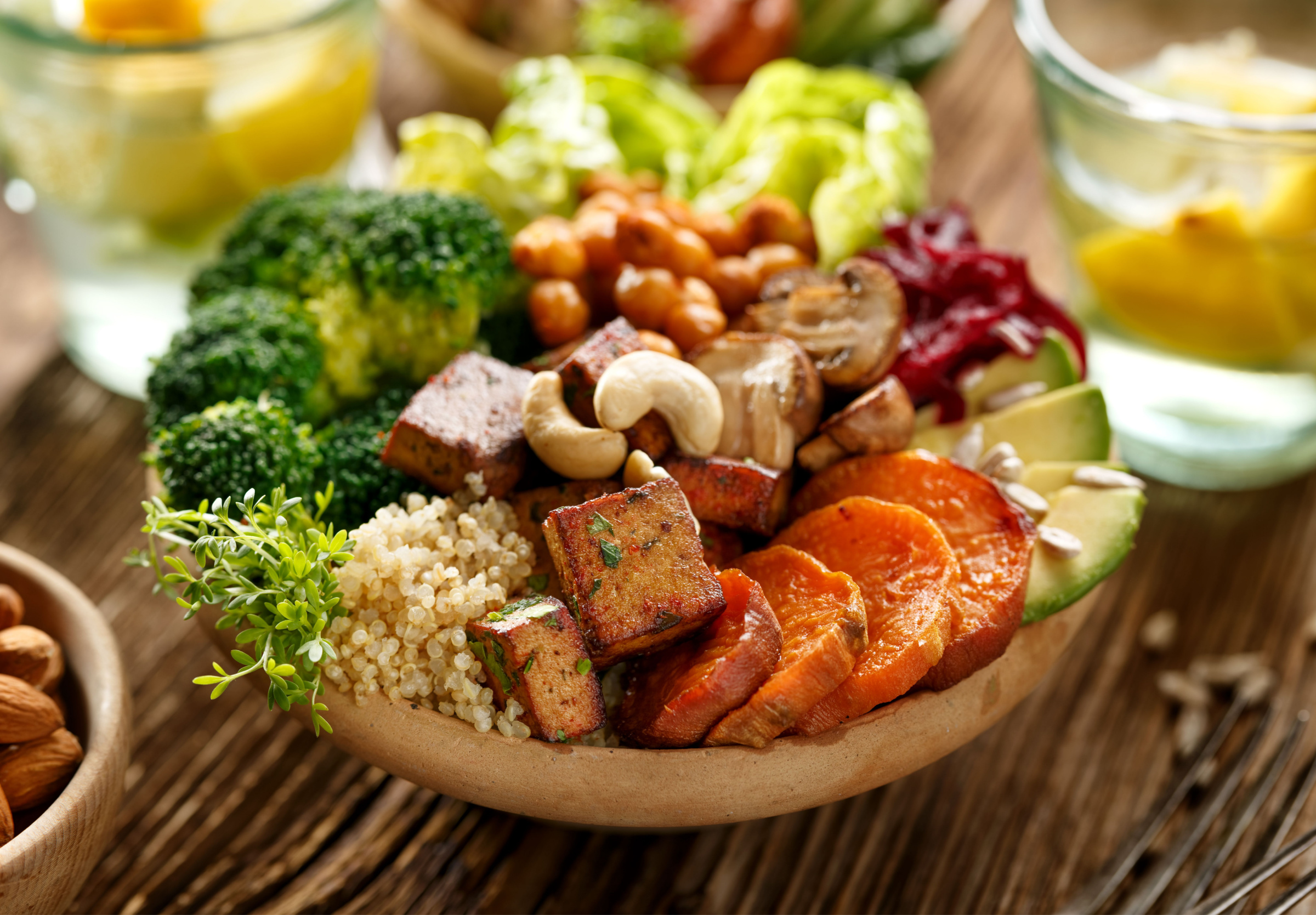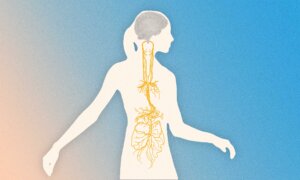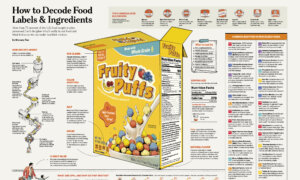When it comes to nutrition, few worry about eating enough carbohydrates. Simple carbs are especially easy to find and often fun to eat. For most people, carbohydrates make up the bulk of their diet.
Protein, on the other hand, is a different story—many people worry about not getting enough. Although government nutrition experts say most of us eat at least the recommended amount of protein, there’s reason to believe that some of us might do better with a bit more.
Protein Does a Body Good
Dietary protein has many benefits. Second to water, our bodies are mainly made of protein. Athletes seek more protein because of its reputation for building muscle, but protein also builds most other tissues and feeds numerous chemical reactions that drive all manner of bodily processes. Protein gives rise to antibodies, enzymes, certain types of hormones, neurotransmitters, and much, much more.
Protein also stands out as the most satiating macro-nutrient, compared to fat and carbs, which means that you can satisfy your hunger with less. Research also shows that increasing protein intake may help with weight management.
Doctors may sometimes recommend a low-carb diet, but it’s hard to make a case for a low-protein diet. A lack of protein can contribute to depression, anxiety, insomnia, anemia, edema, weakness, and poor immunity.
How Much Is Good?
Our need for protein is clear, but just how much and what kind of protein we need are issues of dietary debate. The recommended daily allowance (RDA) offers some guidance based on body weight. The RDA is about one-third of a gram of protein per pound of body weight for adults (about 45 grams for women, and 55 grams for men.) You could also think about it as 10 percent to 15 percent of your total daily calories.
While some may suggest that protein consumption beyond the RDA is too much, nutrition experts stress that this figure is merely what a body requires to function properly. According to a 2023 article from Harvard Medical School, the RDA is “the minimum amount you need to keep from getting sick—not the specific amount you are supposed to eat every day.”
Active individuals, for example, naturally have higher protein requirements. Adding a little extra protein allows them to build back the tissue from what is broken down through activity.
Older adults may benefit from larger protein portions as well. Both clinical and observational studies find that adults of advanced age who eat protein percentages above the RDA are more likely to keep their muscle tissue as they age. Extra protein has also been shown to maintain both physical performance and cognitive function.
What Kind of Protein Is Best?
Luckily, meeting (or exceeding) the protein RDA is well within our reach, as there are many dietary sources available. The building blocks of protein molecules are called amino acids, which are found in every living organism, from vegetables to animals and milk to fungi.
Of course, not all proteins are equal—some sources deliver more of the amino acids that we need in much greater quantities.
Hundreds of different amino acids exist in nature, but the human body requires only about 20 of them. Our bodies can make 11 of these on their own when necessary, and thus they are considered “nonessential.”
We can get the nine remaining “essential” amino acids only from the foods that we eat. Foods that contain all of the essentials are known as complete proteins and are composed almost entirely of animal-based foods, such as beef, poultry, dairy, and eggs.
Because of their complete profile of essential amino acids and relatively high number of protein grams by weight, animal sources are often considered the gold standard of protein. Plant-based foods such as rice, lentils, and broccoli also contain essential amino acids but not the complete range. A variety of vegetable sources can be combined to get all of the essential amino acids, but you will have to eat more of them to get the same amount of protein as with a smaller portion of meat.
However, that doesn’t mean that plants don’t deserve a place on your plate. Although plant-based foods typically contain more carbohydrates and fat, many of them contain more protein than you might expect. For example, 1/2 cup of lentils contains nine grams of protein. Compare that to one ounce of beef or chicken, which contains about seven grams of protein—the same amount as 1/3 cup of hummus.
Including a few of these plant-based protein sources in your diet contributes to your daily protein intake. They also round out your diet in ways that may be crucial to your longevity.
Power of Plant Protein
According to a
new study published in February in the American Journal of Clinical Nutrition, women who consume higher amounts of protein, particularly from plant-based sources, were found to develop fewer chronic diseases and were more likely to be healthier overall as they aged. Healthy aging was defined as being free from 11 major chronic diseases, maintaining good mental health, and not having certain cognitive or physical impairments.
To reach this conclusion, researchers at the Jean Mayer USDA Human Nutrition Research Center on Aging (HNRCA) at Tufts University examined data from Harvard University’s Nurses’ Health Study—one of the largest investigations examining the risk factors for major chronic disease in women ever produced.
Starting in 1984, the Nurses’ Health Study began tracking nearly 50,000 middle-aged female health care professionals who were in good mental and physical condition and charted their progress until 2016. As part of their food frequency questionnaires, participants in the trial recorded details of their daily protein intake and whether it came from a plant or animal source.
HNRCA researchers observed women who didn’t develop 11 specific chronic diseases over the course of 32 years and compared them with women who did. They found that women who ate more protein saw better health outcomes overall, and among this group, those who ate more of their daily protein intake in the form of vegetables, grains, and beans, saw less heart disease, cancer, diabetes, and cognitive decline.
Greater consumption of animal protein was observed to have some correlation with better mobility as the nurses aged, and women who ate more plant proteins showed several other signs of better health long term.
HNRCA researchers found that women who obtained more of their protein from plant-based sources were 46 percent more likely to avoid chronic health problems.
These findings are in step with the latest advice from government nutrition experts. The “Dietary Guidelines for Americans, 2020–2025” urges individuals to help meet their protein requirements through sources in addition to meat.
“Shifts are needed within the protein foods group to add variety to subgroup intakes. Selecting from the seafood subgroup or the beans, peas, and lentils subgroup more often could help meet recommendations while still ensuring adequate protein consumption,” the report reads.
Other Plant Powers
In a previous
Nurses’ Health Study, greater plant protein intake in older adulthood was also associated with a lower risk of frailty and fewer functional impairments.
While these studies highlight possible longevity benefits of eating more plant-based protein, keep in mind that HNRCA researchers reported no benefits in women who ate a strictly vegan diet, as the health outcomes with the best track records included some animal protein.
The study also does not suggest that plant protein is in any way superior to animal protein. Although protein was the focus of the study, HNRCA researchers concede that the results that they observed may have had more to do with factors including dietary fiber or various micronutrients.
“We cannot discount the contributions of other components of those foods that contributed to plant protein intake,” the researchers wrote.
Another recent study bears this out. It examined the positive impact of plant-based foods on healthy aging, but instead of protein, these researchers focused on polyphenols. Polyphenols are antioxidant compounds that have been shown to reduce inflammation, which is considered to be a major driver of chronic disease.
This randomized controlled trial, published in 2023 in BMC Medicine, found that people who ate more polyphenol-rich fruits and vegetables saw better health with advancing age. The effects appeared greatest in men older than 50.
These studies and much of modern nutrition science echo what people have always known—eating a diet composed of natural foods has always been the best course of action long term. It’s why the Mediterranean diet—full of hearty, polyphenol-rich plant foods, in addition to moderate servings of meat, fish, and cheese—has repeatedly demonstrated chronic disease-busting powers.
Large observational studies and randomized trials suggest that the Mediterranean diet that people have enjoyed for centuries can increase life expectancy, reduce the risk of major chronic disease, and improve quality of life and well-being.














